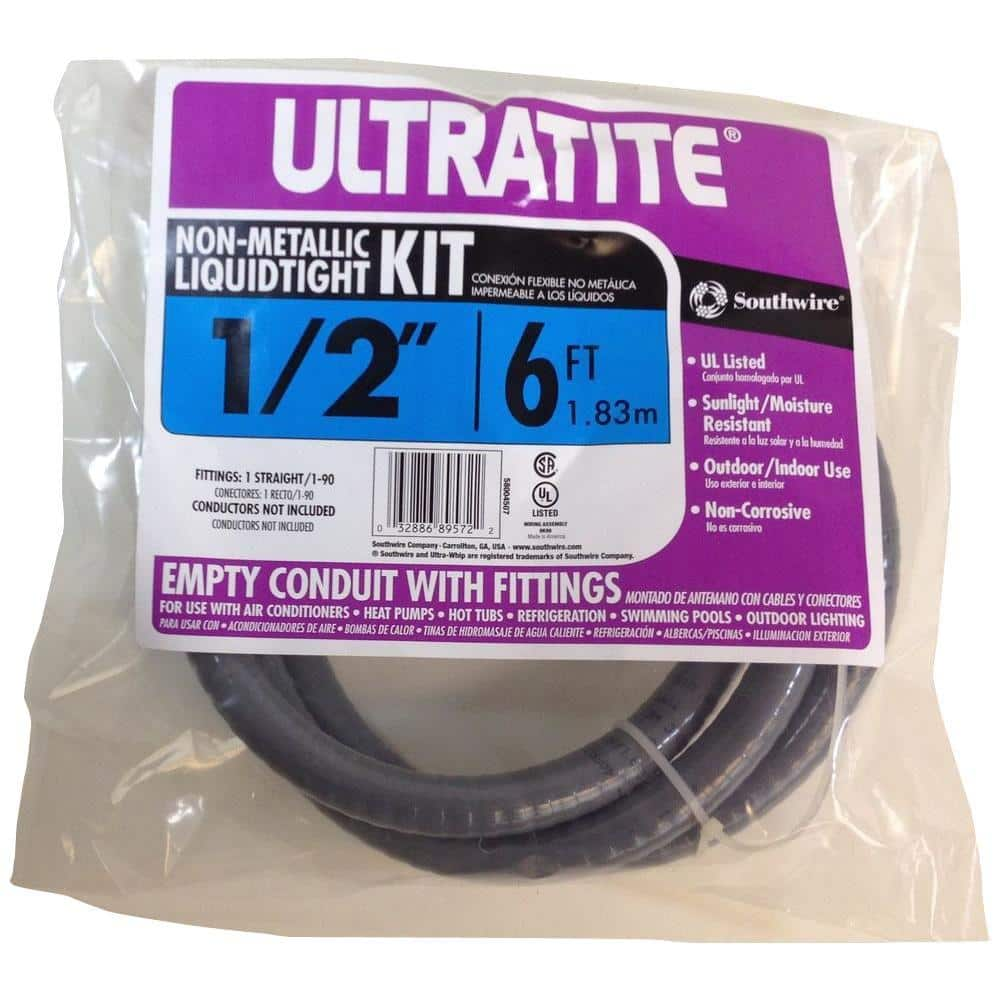Sorry you're going through this. Is it a GCFI breaker? (One indicator is a TEST button.)
Is your motor properly bonded? That is, connected to a heavy bare copper bonding wire that runs to all equipment?
Breakers trip for three reasons: 1) excessive current draw 2) ground fault if breaker is GCFI 3) faulty breaker.
Excessive draw means either a short somewhere or a mechanical problem causing the motor to draw more than the breaker current, which is a lot more than usual. E.g. seals in backward, binding due to misalignment (which can happen if casing parts are badly corroded) or bad bearings.
A short can be between L1 and L2 or either one and ground. You can use a multimeter to look for such shorts in cables by disconnecting both ends. At the box end turning off the breaker should do it. Ohms should be infinite - no continuity at all - for all three pairs among the 3 wires. The motor should be infinite from both L1 and L2 to ground. (It's expected motor L1 to L2 will have low resistance.)
One other tip is that a short bad enough to trip a 20 amp breaker will often leave evidence: darkened insulation, black soot, even melted copper fragments.
GCFI faults happen because a potentially very small current (5 ma or so) leaks from anywhere in the circuit to ground. The tests above will also find most ground faults. Not all.
Bare wiring can cause any of the above. The picture makes it look like the outside moisture coating is flaking away. This doesn't necessarily cause a problem. Any bare copper definitely could. As
@wgipe said, get bare wires fixed immediately and don't try running the pump until you do. The wiring looks old. Replacing it would rule out a lot of potential issues.
The only way to determine if a breaker is tripping needlessly is to use a current meter to measure what's flowing when it does. If you don't happen to have a meter, your best bet is to replace the breaker and see if the problem goes away.



